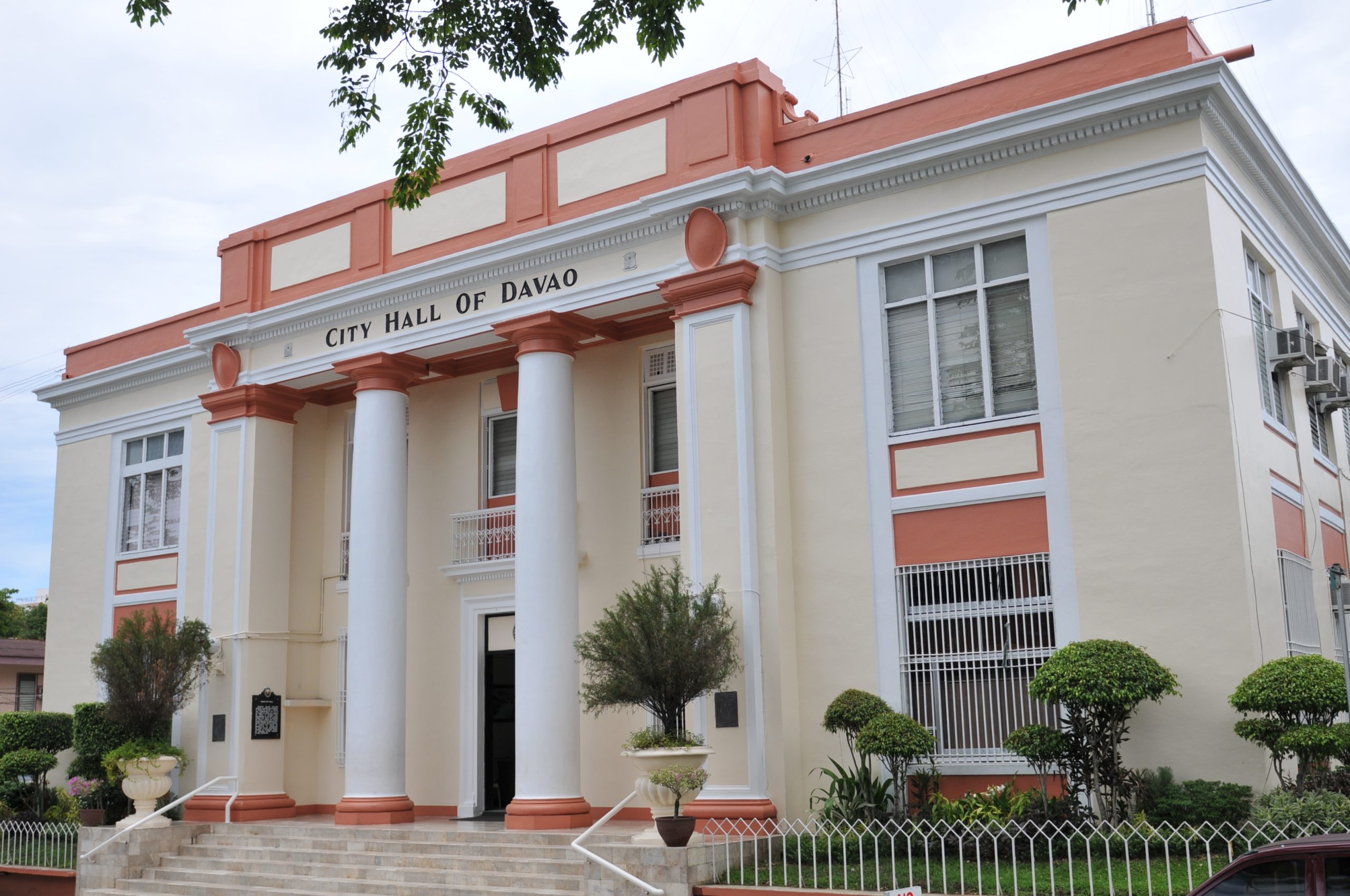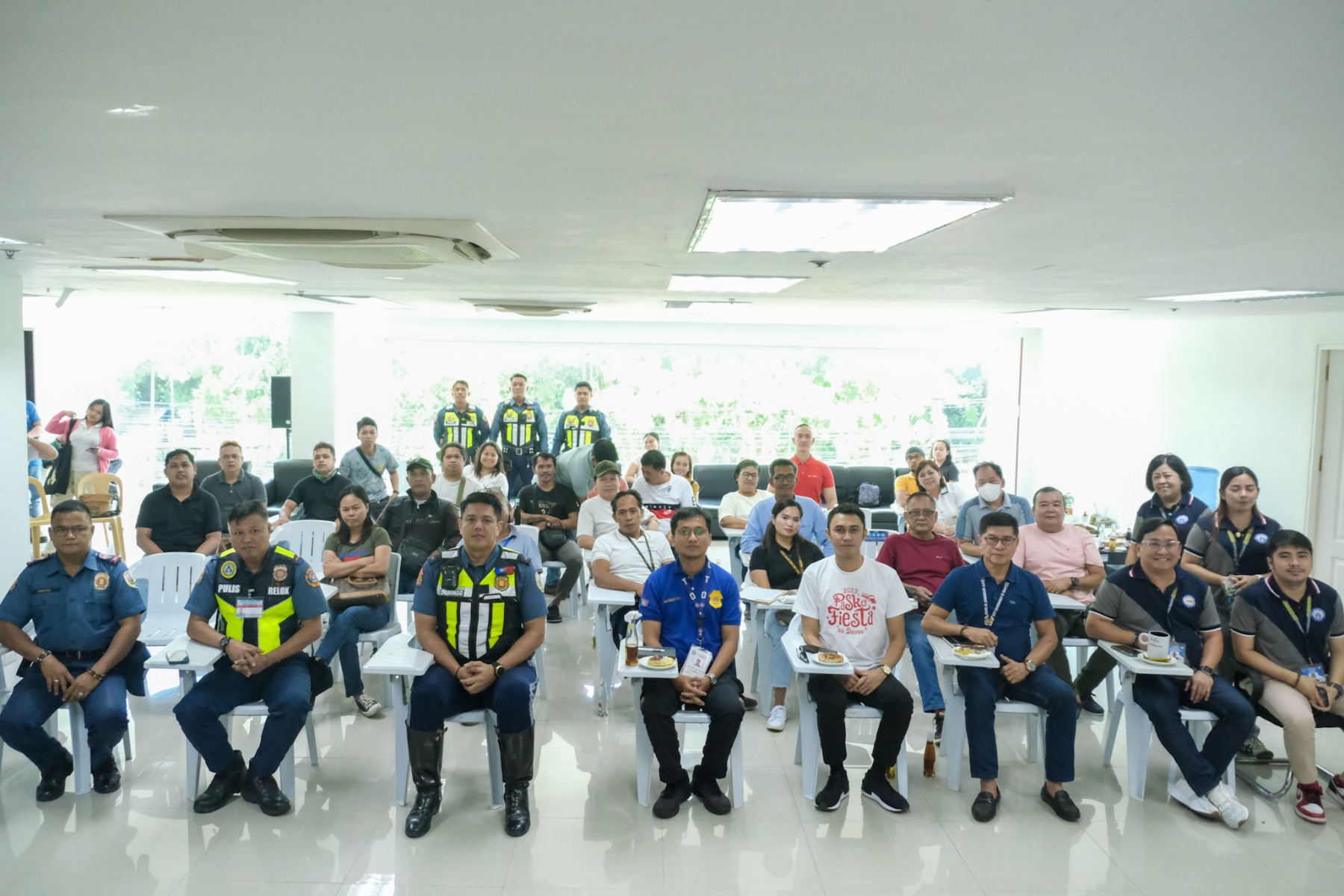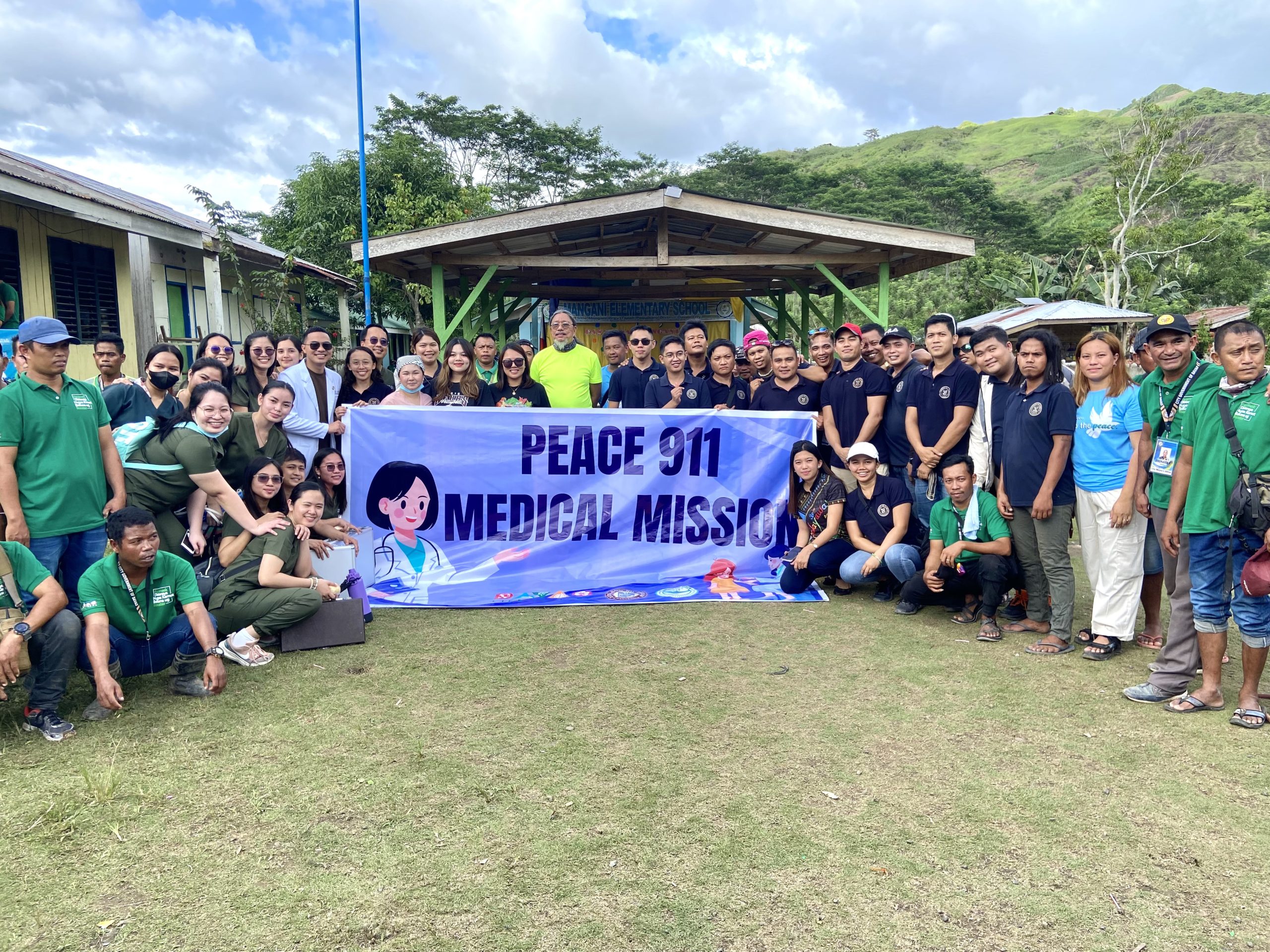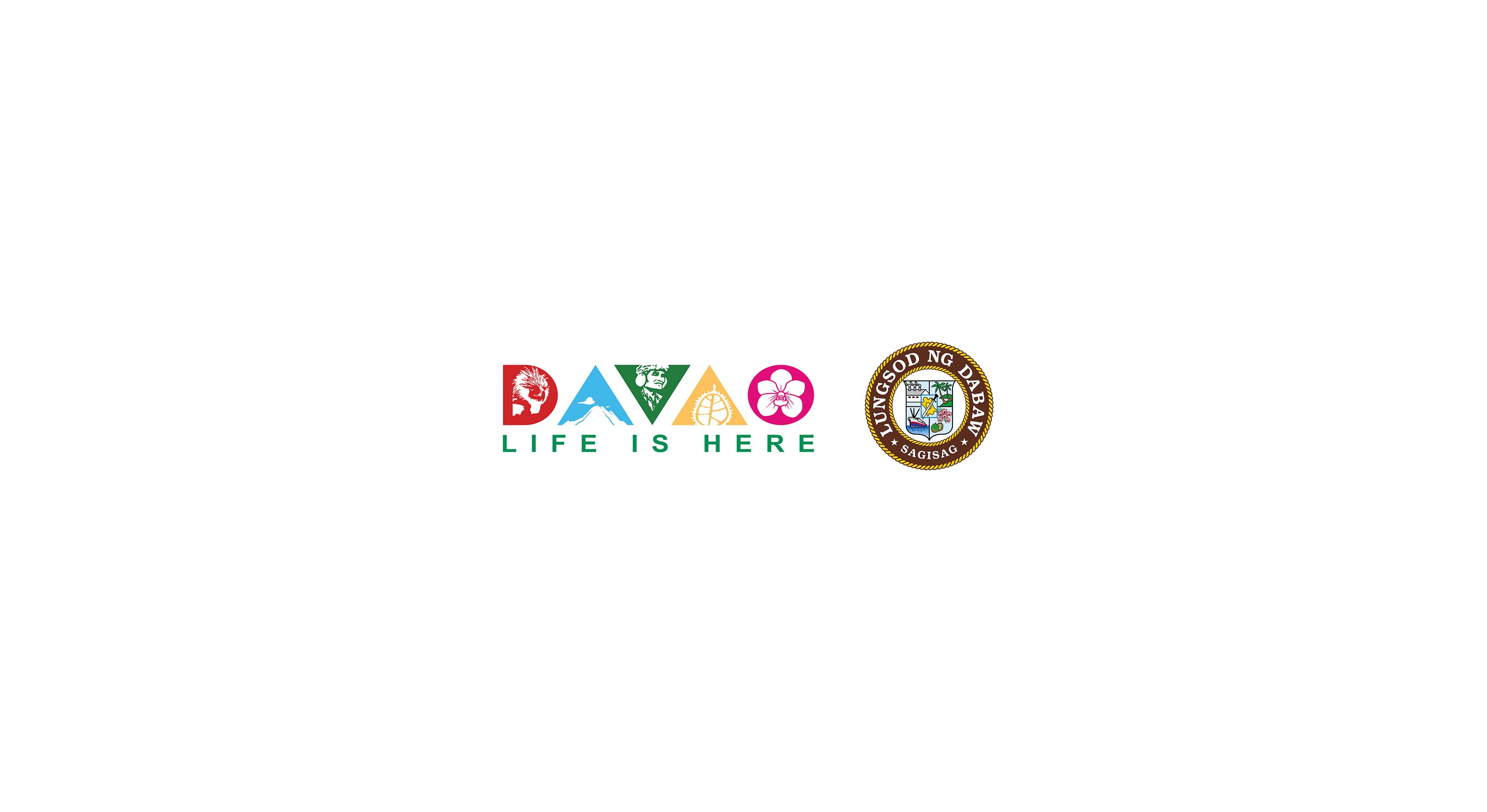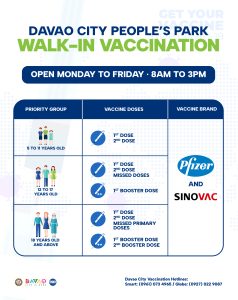The Davao City Anti-Drug Abuse Council (CADAC) is pushing for legislative action to address the cases of children using illegal substances.
This was put forward after the council’s study- inspecting cases of early onset of illegal drug-use in children —conducted earlier this year pointed out the need for more policy-backed community measures to address the pressing issue.
CADAC Technical Adviser Ronaldo Rivera said their study, which analyzed cases of 65 children in conflict with the law (CICL), concluded that an average of two years after inital exposure to illegal substances, these children were found to have eventually tried illegal drugs.
The study also asserted that at least three major factors influence children into using illegal drugs.
The first factor is the exposure to gateway substances such as tobacco and alcohol.
“We found out na kadaghanan sa ilaha nag-start gyud sa tobacco and alchohol so there’s an average of about least two years before the progression to illegal drugs,” Rivera said.
Family history with the use of illegal substances is also determined to be a factor as well as the presence of illegal drug activity in the community.
“Nakita gyud didto sa study ang vulnerability gyud sa kabatan-onan and so the thrust now of the city, through the City Health Office, is to reduce the vulnerability in terms of early onset of drug abuse. Because the use of tobacco and alcohol is a form of substance abuse. So kana tanan karon among giduso sa Committee on Health,” he added.
From the pool sample, a child as young as 8 years old was found to have used marijuana while another aged 9 was exposed to meth.
Rivera said the CADAC is currently lobbying the city council for “legislation that specifies the context of provision of social protection,” one that “aims to reduce risk of vulnerability.”
This includes policy that promotes community-based measures geared at reaching grassroots communities with the explicit direction towards protection, not punishment.
He said once the discussion to address this issue will be opened in the city’s legislative department, then health officers along with the CADAC can proceed to “hatch a program to intervene” and meet the children’s needs “in order to reduce risk and vulnerability.”
Rivera called for public support to meet this end.
The CADAC has also intensified its school-based programs, including the monitoring of high-risk children. CIO

